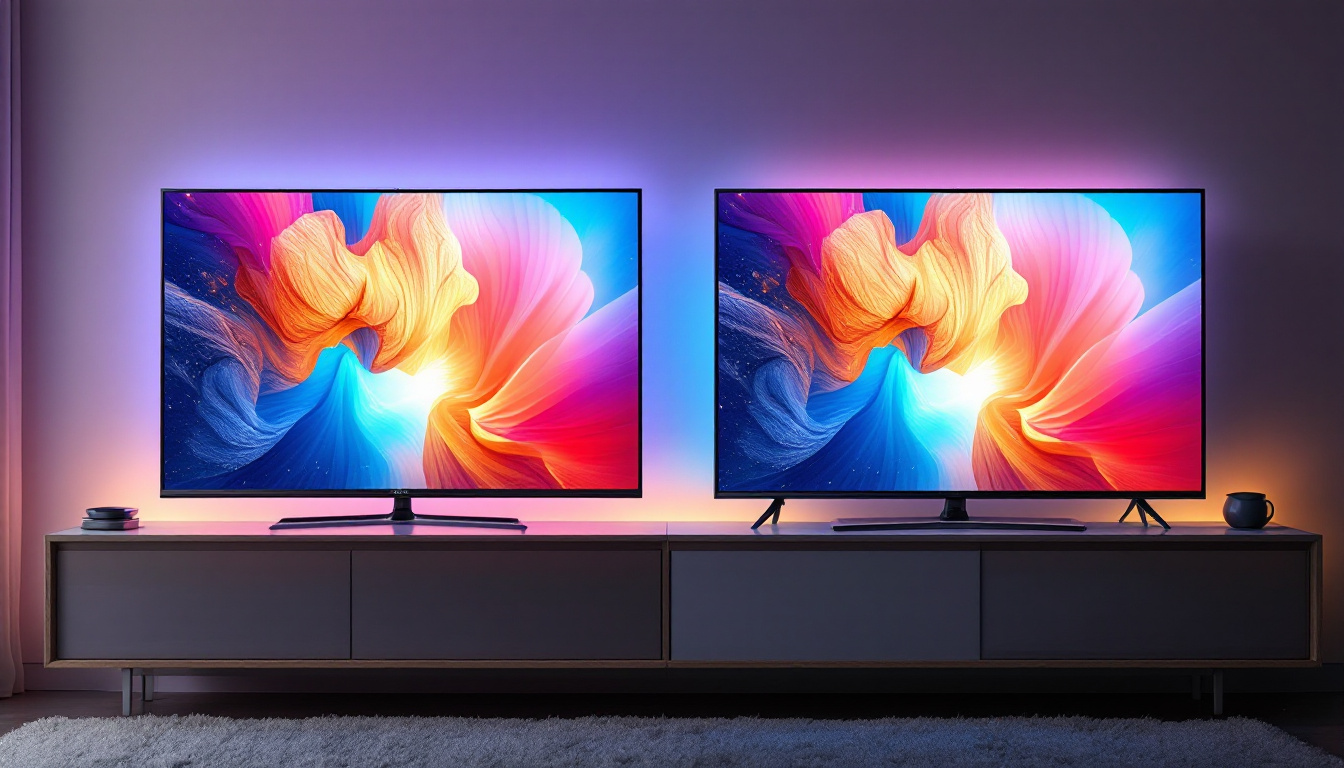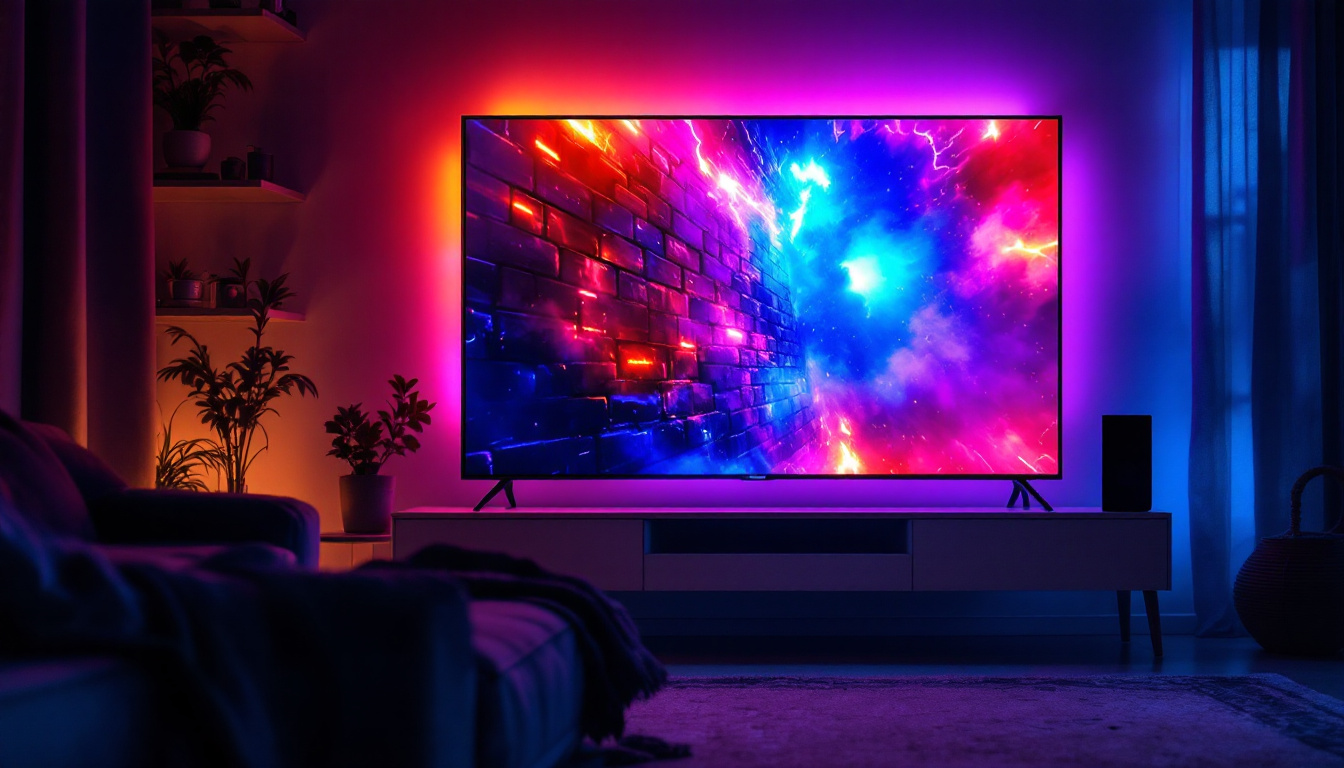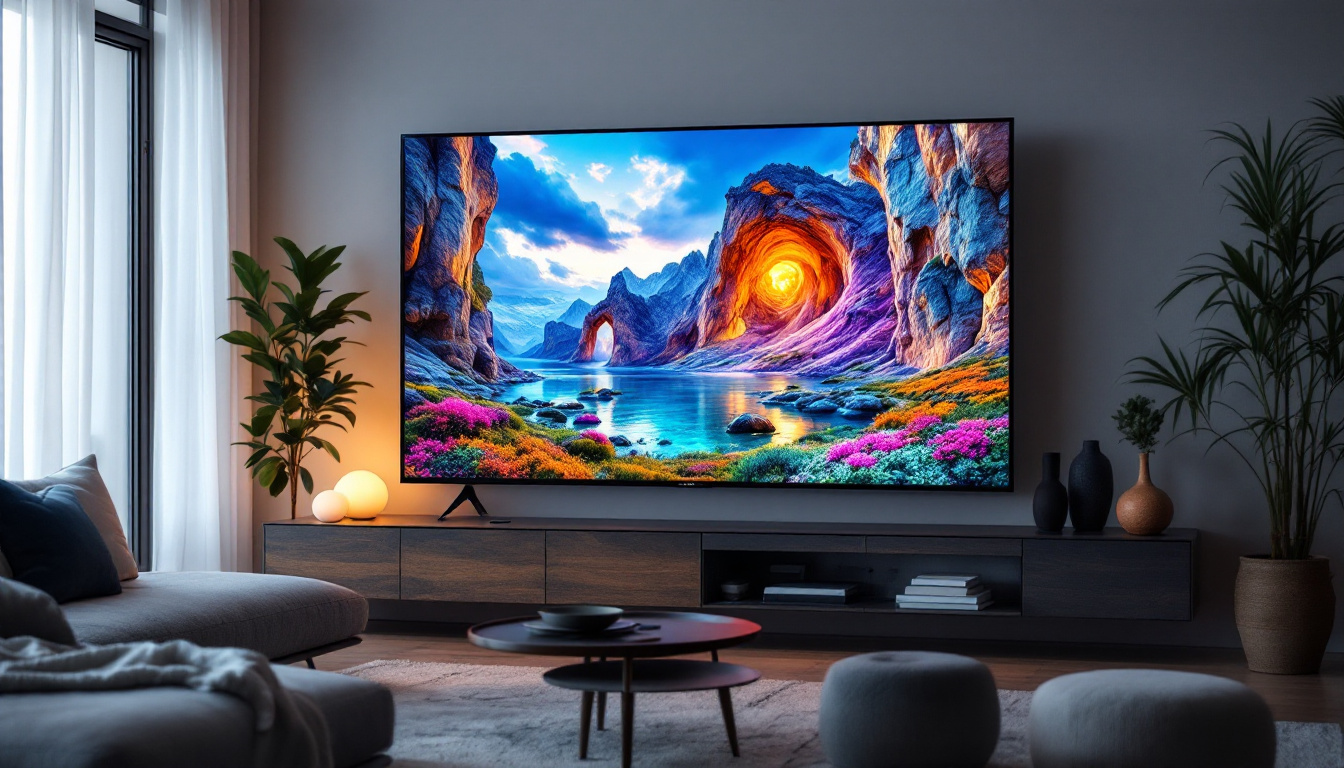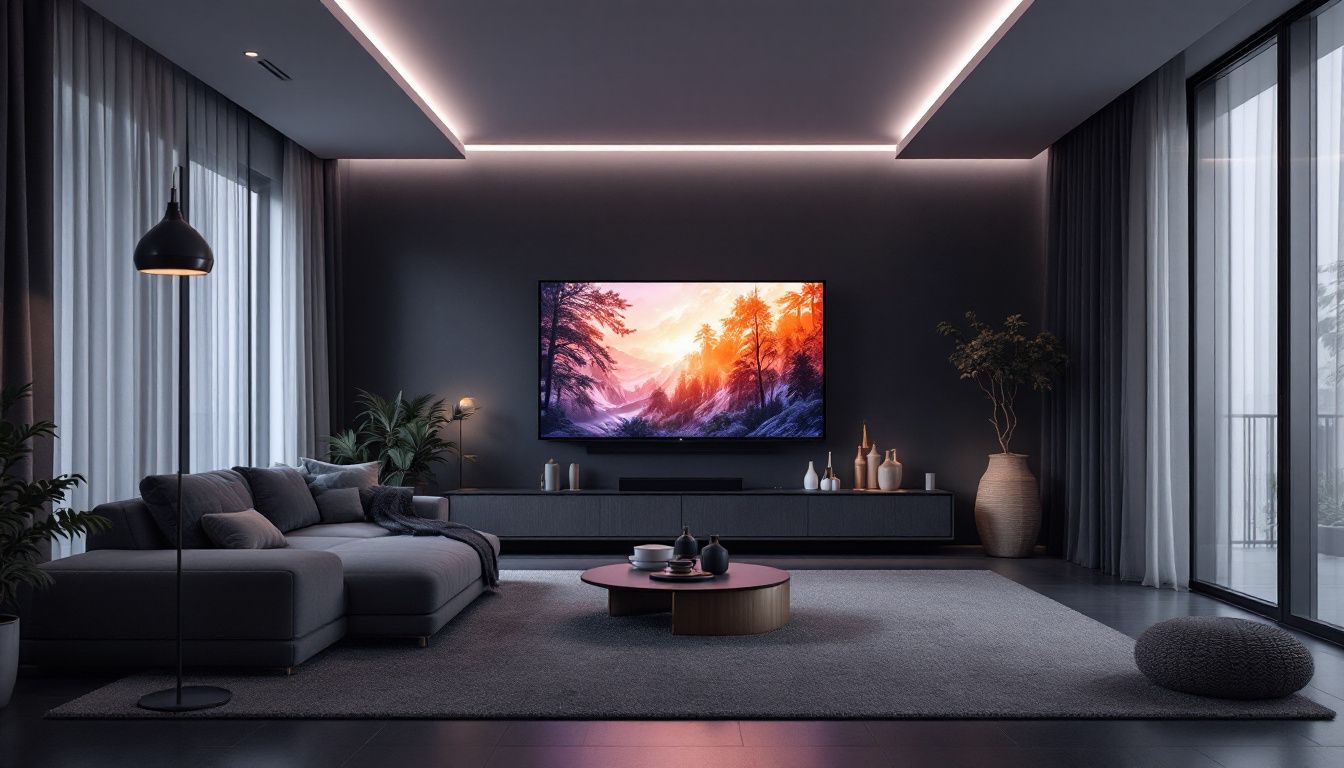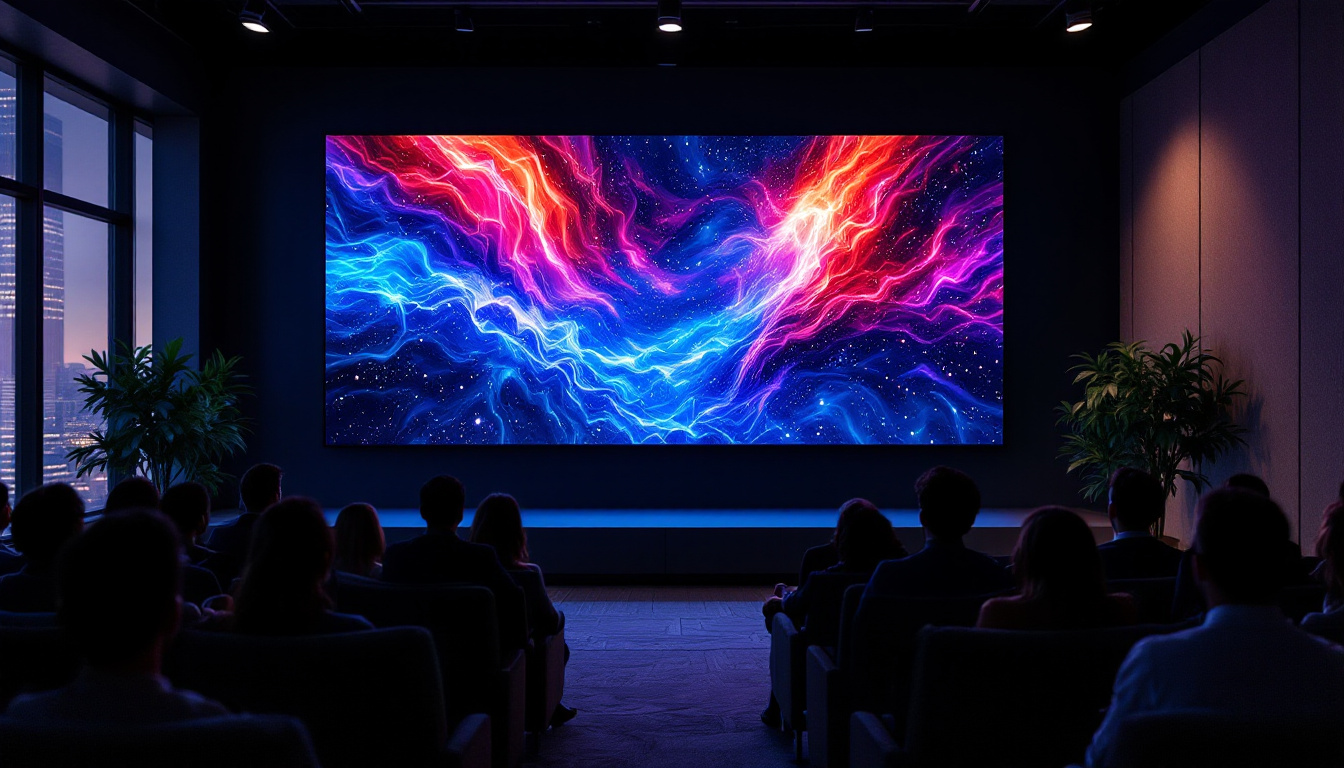Plasma Vs LED TV: LED Display Explained
In the world of home entertainment, choosing the right television can be a daunting task. With a myriad of options available, two of the most popular technologies that often come up in discussions are Plasma and LED TVs. While both have their unique advantages, the emergence of LED technology has significantly transformed the television landscape. This article delves into the nuances of Plasma and LED TVs, with a particular focus on the LED display technology.
Understanding Plasma TVs
Plasma TVs, once a popular choice for large-screen televisions, utilize a technology that involves small cells filled with gas. When an electric current passes through these cells, they emit ultraviolet light, which then excites phosphors to produce visible images. This technology was particularly favored for its ability to deliver deep blacks and vibrant colors, making it a favorite among movie enthusiasts. The unique structure of plasma displays allows for a more immersive viewing experience, as the images produced are often described as lifelike, drawing viewers into the action on screen.
In addition to their impressive color capabilities, Plasma TVs also have a unique ability to render subtle gradients and shades, which enhances the overall visual experience. This makes them particularly well-suited for watching films that rely heavily on cinematography, where the interplay of light and shadow can significantly affect the storytelling. The technology’s ability to maintain consistent brightness levels across the screen also contributes to a more enjoyable viewing experience, especially in larger rooms where ambient light may vary.
Advantages of Plasma TVs
One of the primary advantages of Plasma TVs is their exceptional color accuracy and contrast ratios. The ability to produce true blacks is a significant selling point, as it enhances the viewing experience, especially in dark scenes. Additionally, Plasma screens offer wide viewing angles, which means that the picture quality remains consistent even when viewed from the side. This is particularly advantageous for gatherings where multiple viewers are seated at different angles, as everyone can enjoy the same high-quality image without distortion.
Moreover, Plasma TVs are known for their smooth motion handling, making them ideal for watching sports or fast-paced action movies. The technology can display rapid movements without the blurring that sometimes occurs with other types of displays. This feature is enhanced by the refresh rate of Plasma screens, which allows for a more fluid representation of motion, making it easier to follow fast-moving objects on screen. Furthermore, the rich color depth and saturation provided by Plasma technology can elevate the viewing experience, making scenes more dynamic and engaging.
Disadvantages of Plasma TVs
Despite their advantages, Plasma TVs have several drawbacks. One of the most significant issues is their susceptibility to burn-in, where static images can leave a permanent mark on the screen. This can be particularly problematic for users who frequently watch news channels or video games with static elements. To mitigate this issue, many manufacturers have implemented features such as pixel shifting and screen savers, but these solutions are not foolproof and may not completely eliminate the risk.
Additionally, Plasma TVs tend to consume more power compared to their LED counterparts, leading to higher electricity bills. They are also heavier and bulkier, making them less convenient for wall mounting or moving around. This weight can be a concern during installation, as it often requires additional support and careful handling. Furthermore, as technology has evolved, Plasma TVs have become less common in the market, leading to a decline in availability and support for this once-dominant display technology. As consumers increasingly lean towards more energy-efficient and lightweight options, the future of Plasma TVs appears uncertain, despite their impressive performance characteristics.
Exploring LED TVs
LED TVs, on the other hand, are a type of LCD TV that uses LED backlighting instead of traditional fluorescent tubes. This technology has become increasingly popular due to its energy efficiency, slim design, and improved picture quality. LED TVs come in various types, including edge-lit and full-array, each offering different benefits and performance levels.
Advantages of LED TVs
One of the most significant advantages of LED TVs is their energy efficiency. They consume less power than Plasma TVs, making them a more environmentally friendly option. This efficiency translates into lower electricity bills, which can be a considerable factor for many consumers.
LED TVs also offer a thinner and lighter design, allowing for easier installation and versatility in placement. This sleek design is particularly appealing for modern living spaces where aesthetics play a crucial role.
Picture Quality and Performance
While LED TVs may not achieve the same level of black depth as Plasma TVs, advancements in technology have significantly improved their performance. Features like local dimming in full-array LED TVs enhance contrast and black levels, resulting in a more dynamic picture quality. Additionally, LED TVs are less prone to burn-in, making them a safer choice for varied viewing habits.
Moreover, LED TVs typically have a longer lifespan than Plasma TVs. With advancements in LED technology, manufacturers have been able to produce displays that maintain their brightness and color accuracy over time, providing consumers with a more durable option.
Comparing Picture Quality
When it comes to picture quality, the debate between Plasma and LED TVs often centers around color accuracy, contrast, and brightness. Each technology has its strengths and weaknesses, making it essential to consider individual preferences and viewing conditions.
Color Accuracy and Contrast
Plasma TVs excel in color accuracy and contrast, particularly in dark environments. The ability to produce true blacks enhances the overall viewing experience, especially for cinematic content. This capability is particularly beneficial for movie lovers who enjoy watching films in dimly lit rooms.
On the other hand, LED TVs have made significant strides in color reproduction. While they may not achieve the same level of black depth as Plasma TVs, advancements such as quantum dot technology have improved their color accuracy and vibrancy. For viewers who watch television in well-lit environments, LED TVs can often outperform Plasma models due to their superior brightness levels.
Brightness and Viewing Conditions
Brightness is another critical factor in the comparison between Plasma and LED TVs. LED TVs are generally brighter than Plasma models, making them more suitable for rooms with ample natural light. The high brightness levels ensure that images remain clear and vivid, even in well-lit conditions.
In contrast, Plasma TVs can struggle in bright environments, as their performance may diminish when exposed to direct sunlight or bright overhead lights. This limitation can affect the viewing experience, particularly for those who enjoy watching television during the day.
Cost Considerations
When deciding between Plasma and LED TVs, cost is often a significant factor. Plasma TVs were generally more affordable during their peak popularity, but as technology has evolved, the prices of LED TVs have become increasingly competitive.
Initial Purchase Price
In terms of initial purchase price, LED TVs tend to offer a wider range of options at various price points. From budget-friendly models to high-end displays, consumers can find an LED TV that fits their budget and preferences. Plasma TVs, while once more affordable, have become less common, and their prices can vary significantly based on brand and specifications.
Long-Term Costs
Long-term costs should also be considered when evaluating the overall value of each technology. LED TVs are generally more energy-efficient, leading to lower electricity bills over time. Additionally, the longer lifespan of LED TVs means that consumers may not need to replace their televisions as frequently, further contributing to long-term savings.
Future of Television Technology
The landscape of television technology is continually evolving, with advancements in display technology and features. As consumers become more discerning, manufacturers are pushing the boundaries of what is possible in terms of picture quality, energy efficiency, and overall performance.
Emerging Technologies
One of the most exciting developments in television technology is the rise of OLED (Organic Light Emitting Diode) displays. OLED technology offers many of the advantages of Plasma TVs, such as deep blacks and vibrant colors, while also providing the energy efficiency and longevity associated with LED TVs. As OLED technology becomes more mainstream, it may redefine the standards for picture quality in the home entertainment market.
Additionally, advancements in 8K resolution and HDR (High Dynamic Range) technology are enhancing the viewing experience, providing consumers with even more options to choose from. These technologies promise to deliver stunning visuals, further blurring the lines between different display types.
Consumer Preferences
As technology continues to advance, consumer preferences will play a significant role in shaping the future of television. Factors such as viewing habits, room conditions, and budget will influence the choices that individuals make. While Plasma TVs may have had their heyday, the versatility and performance of LED TVs, coupled with emerging technologies, suggest that they will remain a dominant force in the market for the foreseeable future.
Conclusion
In the battle of Plasma vs. LED TVs, each technology has its unique strengths and weaknesses. Plasma TVs offer exceptional color accuracy and contrast, making them ideal for movie enthusiasts, while LED TVs provide energy efficiency, a sleek design, and improved brightness, catering to a broader audience.
Ultimately, the choice between Plasma and LED TVs will depend on individual preferences, viewing conditions, and budget considerations. As technology continues to evolve, consumers can expect even more exciting options in the world of home entertainment, ensuring that there is a perfect television for every viewer.
Discover the Future of Home Entertainment with LumenMatrix
As you consider the next addition to your home entertainment setup, remember that the future is bright with LumenMatrix’s innovative LED display technology. Embrace the cutting-edge solutions offered by a leader in the industry, from Indoor and Outdoor LED Wall Displays to specialized options like Vehicle and Sports LED Displays. Whether you’re looking to create an immersive movie-watching environment or seeking dynamic visual communication tools, LumenMatrix has a tailored solution to meet your needs. Check out LumenMatrix LED Display Solutions today and experience the pinnacle of visual excellence.

